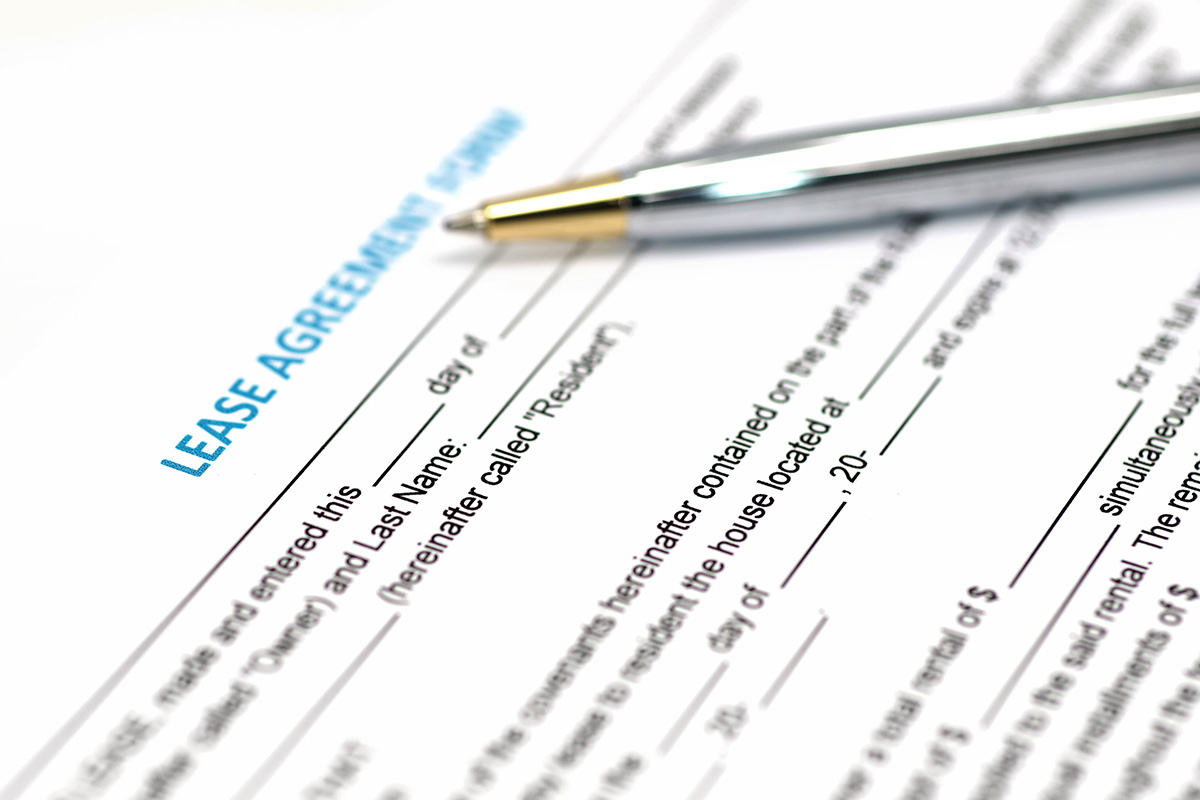Repairs, maintenance and energy programs can have a significant impact on leasing agreements.
By: Jonathan Schienfled, kw Engineering, and Alex Spilger, Cushman & Wakefield
In this two-part series, we discuss the obstacles design engineers face in core and shell construction projects. Here, we discuss solutions to these challenges. You can find part two here.
With last year’s signing of the Paris Agreement—a worldwide effort to avoid dangerous climate change—reducing energy and carbon emissions has become a global imperative affecting not only governments, but businesses as well. Commercial buildings contribute to 40 percent of the world’s greenhouse gas emissions and therefore play a key role in meeting climate reduction targets on local, national and international levels.
One of the inherent obstacles of reducing energy in commercial buildings relates to the structure of standard leases in which the incentives for energy-savings conflict between landlord and tenant. In short, the party that pays for energy upgrades does not always reap the full long-term savings, thus the incentive for initial upgrades is nonexistent. As a result, energy reduction targets often fall short, even in the face of rising energy prices and global directives to reduce the resource consumption of buildings.
To fully understand the challenge of aligning energy savings with capital costs, it’s important to have an understanding of the three general types of lease structures: gross lease, triple net lease and gross industrial lease.
The gross lease is the simplest lease form. In this format, the tenant pays a fixed amount each month, which covers the basic ongoing expenses such as utilities, trash, lawn care, snow removal, janitorial services, repairs, insurance, maintenance and other costs. The landlord takes care of everything and the rate does not change—any increase in the cost of these items is simply absorbed by the landlord. Tenants tend to prefer these as their costs are fixed and predictable.
The triple net lease—also called a net lease—is the opposite of a gross lease. On top of a base rent, the tenant is responsible for all costs incurred with the space’s operation, including energy costs, maintenance, repairs, taxes, insurance and others. Landlords typically prefer triple net leases so that the fluctuating costs of energy, utilities and maintenance are picked up by the tenant.
The gross industrial lease is similar to the triple net lease, except the base lease rate includes the payment of taxes and insurance.
A major difference between the three types of leases is the repairs and maintenance. In the gross lease, the landlord is responsible for repairs and maintenance, and the estimated cost of these is included in the quoted rate. In a triple net or gross industrial lease, the tenant is responsible for the repair and maintenance of their space.
Generally, the landlord decides which type of lease is used based on what they believe best fits their needs. When rental markets are weak, landlords often turn to gross leases to cater to potential tenants; once a building or space is structured on a gross lease, it becomes more difficult to change over to triple net or gross industrial, even if there are obvious advantages for doing so.
In a triple net lease, landlords are discouraged from making energy efficiency improvements since they do not pay for monthly utility bills. Conversely, in a gross lease, tenants are discouraged from making efficiency improvements in their space since the savings are not directly reflected in monthly utility bills. This disconnect is known as the split incentive and continues to be one of the major barriers for reducing energy in commercial buildings.
Green leasing, which works to reduce energy and carbon emissions for commercial buildings, has gained momentum in recent years as a tool for addressing the split incentive. This type of lease contains specific sustainability provisions that often focus on energy reduction strategies as part of the landlord/tenant agreement.
There are many examples of green leases on the market that can be used as templates for landlord-tenant agreements in commercial buildings. Regardless of the specifics, a successful green lease must be built around several key principles to be successful, some of which include:
Landlords and tenants should be incentivized to operate the spaces that are under their respective control as efficiently as possible.
The party (landlord or tenant) that stands to reap the ongoing energy cost savings should cover all or most of the upfront cost of energy upgrades.
Energy usage should be measurable and transparent to both landlord and tenant.
Examples of specific provisions that embody these principles include pass-through clauses (lease amendments that allow the landlord to transfer all or a portion of the cost for energy upgrades to the tenant) operations clauses and reporting requirements.
Reporting mechanisms in leases require the measurement and sharing of energy data, often through submetering and benchmarking; they should include energy savings goals.
Accurately measuring energy data for landlords and tenants is fundamental to any serious effort to address resource efficiency. Progress toward environmental goals is impossible without data to measure against.
Governments and policy makers can help further this initiative by requiring submetering for tenant spaces wherever it is technically feasible. It is the only way to eliminate the practice of billing tenant electricity consumption on a flat annual basis. As more companies develop formal sustainability policies and goals, they will not be able to make progress toward their targeted reductions without access to accurate energy data.






